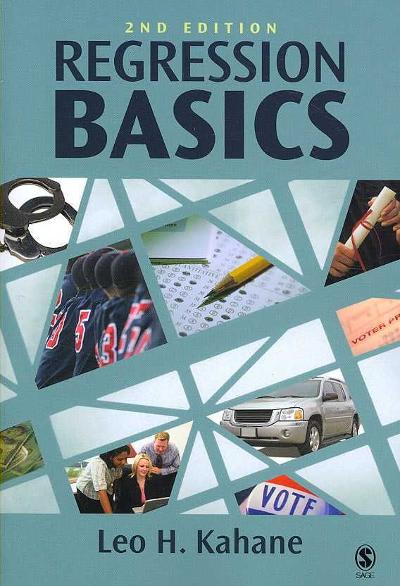Question
Researchers have argued that the primary mechanism underlying the negative effects of cell phone use is through reduced attention to the classroom lecture. By reducing
Researchers have argued that the primary mechanism underlying the negative effects of cell phone use is through reduced attention to the classroom lecture. By reducing attention during class, information is not properly stored, thus resulting in poor retention of the material. Evidence has shown that at least 30% of the information is lost when texting during a lecture (Froese et al., 2012) and as many as 89% of students shifted their attention to leisure activities during class rather than paying full attention to the lecture (Levine et al., 2007). These distracting effects of cell phone use in the classroom also extend to nearby students who are not using their cell phone (End, Worthman, Mathews, & Wetterau, 2009). These distractions have even led to the notion that cell phone usage is more disruptive than talking during classroom lectures, which can lead to students' impaired concentration and missing key class concepts (Aagaard, 2015; Cutino & Nees, 2016; King, Valena, & Nardi, 2010; Shaw, 2009; Wood et al., 2012). A second mechanism proposed for the negative effects of cell phone usage is suboptimal learning strategies, beyond poor attention. Kuzenkoff and Titsworth (2013) found that frequent texting during class resulted in less note taking and lower multiple-choice test scores. This attention shift led to decreased participation, impaired ability to allocate their study time outside of the classroom.
What is the independent and dependent variable in this research?
Step by Step Solution
There are 3 Steps involved in it
Step: 1

Get Instant Access to Expert-Tailored Solutions
See step-by-step solutions with expert insights and AI powered tools for academic success
Step: 2

Step: 3

Ace Your Homework with AI
Get the answers you need in no time with our AI-driven, step-by-step assistance
Get Started


